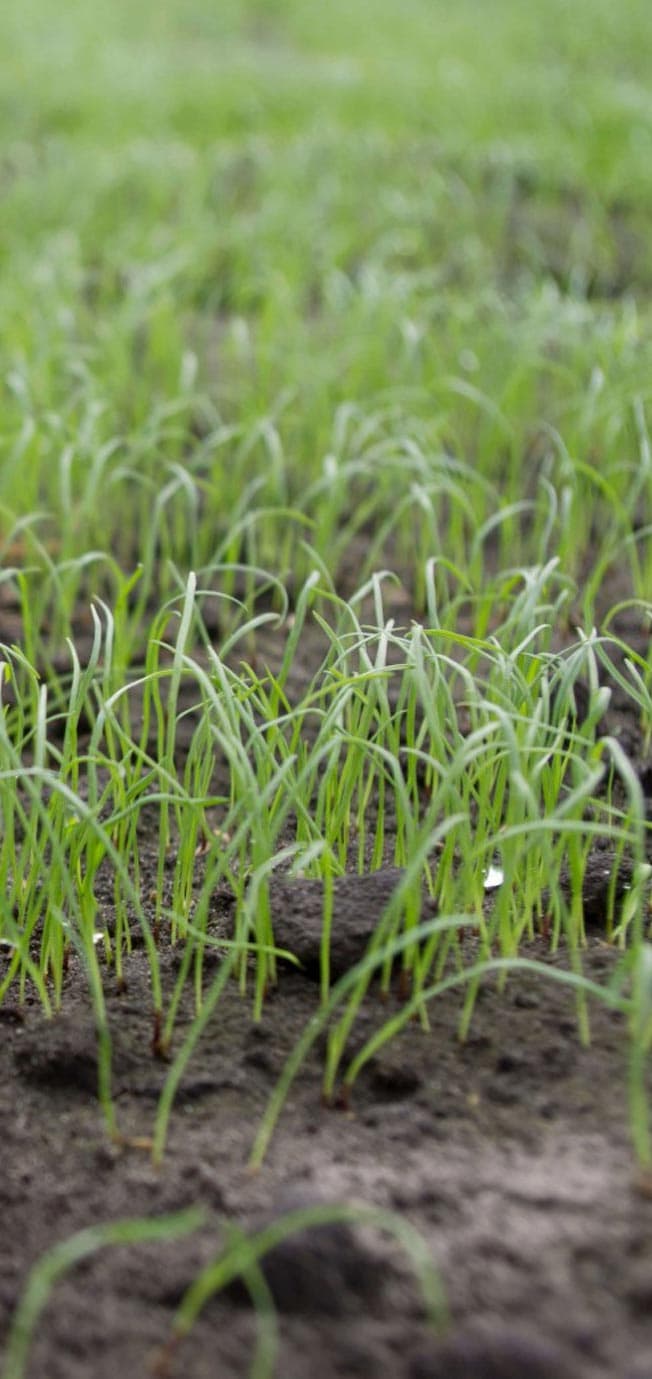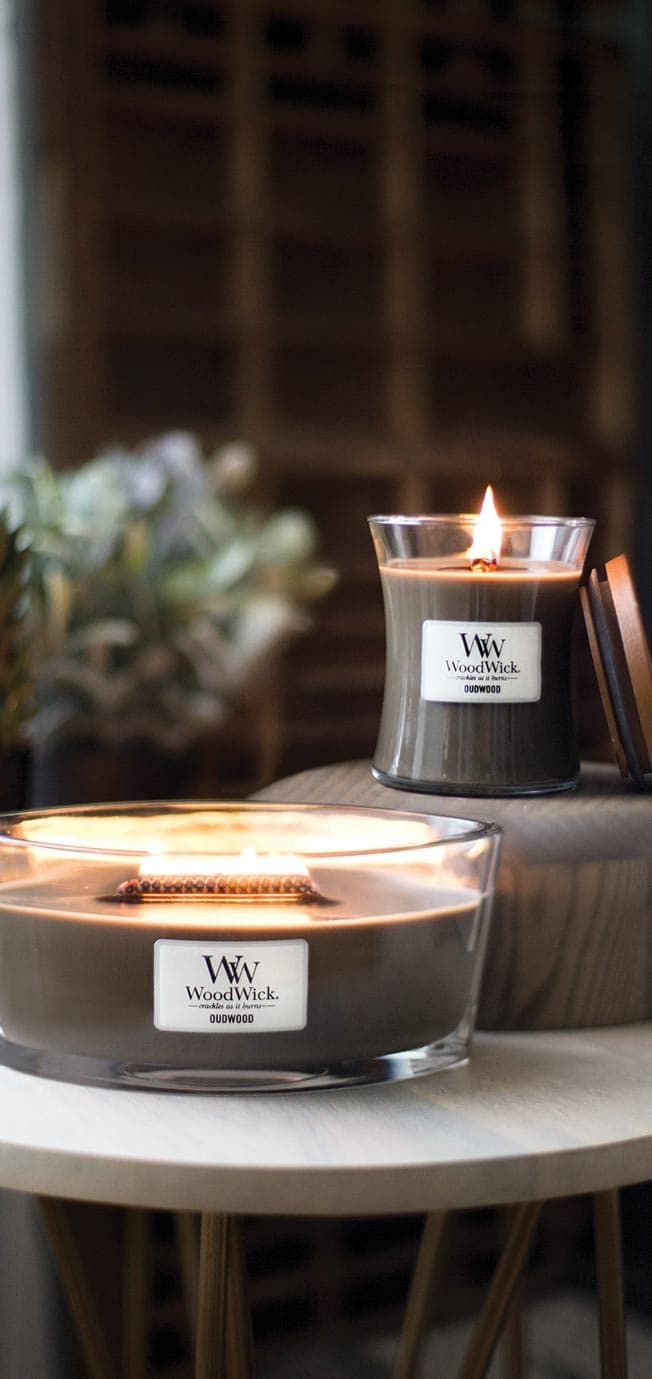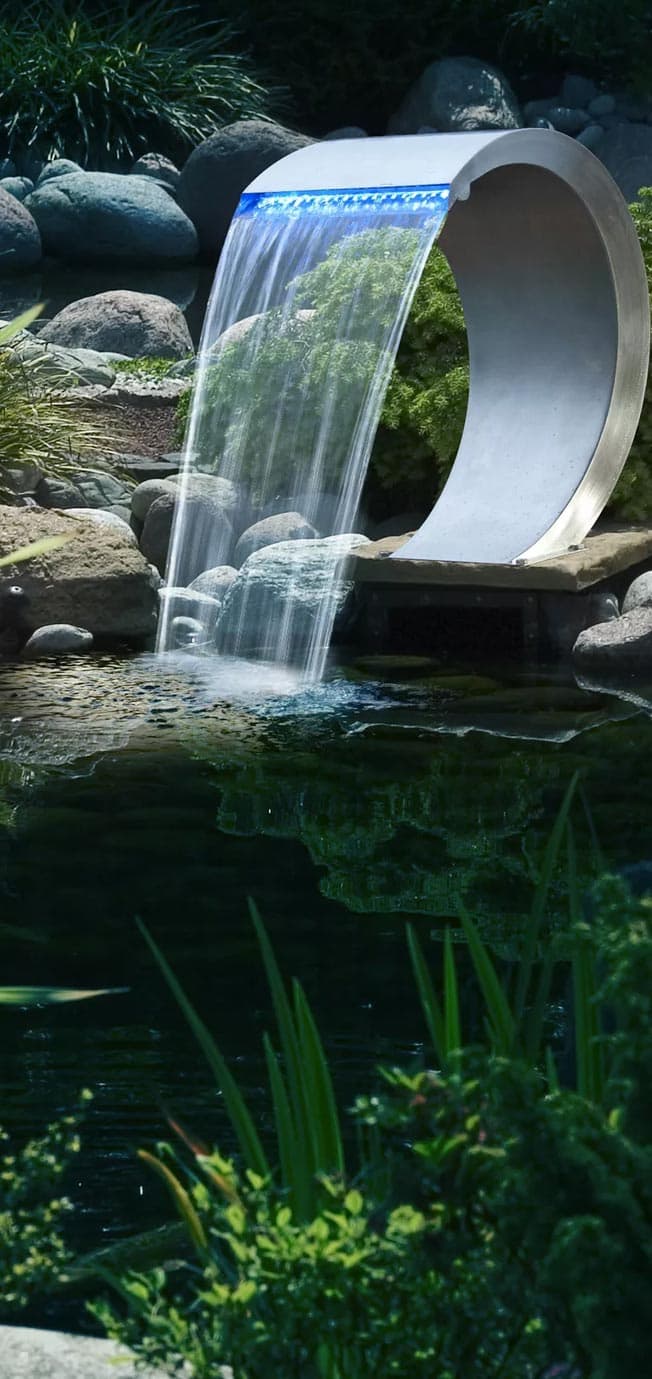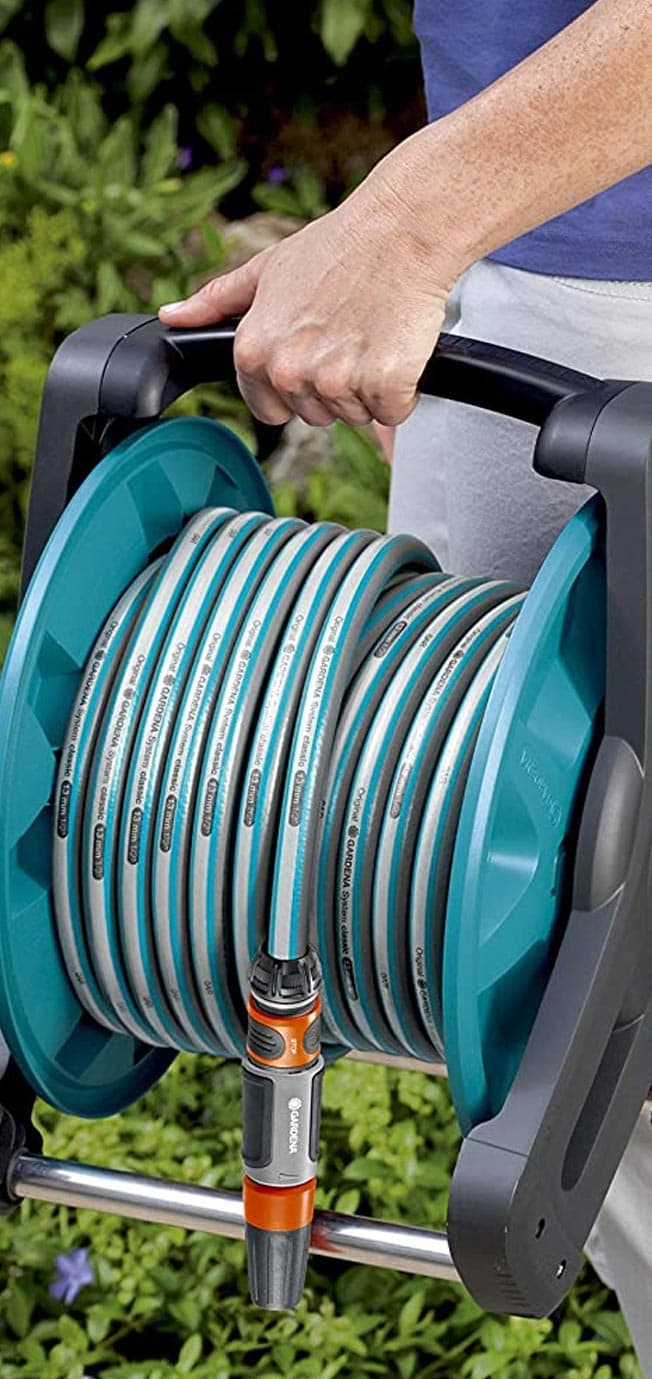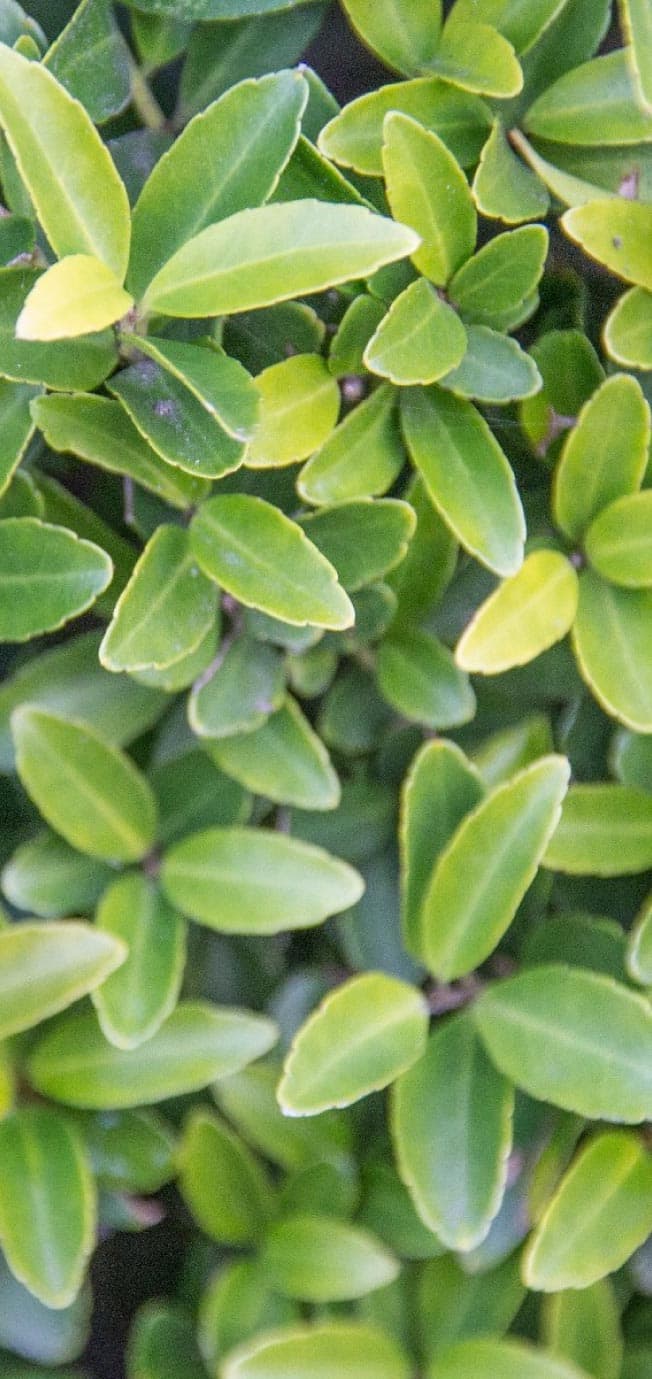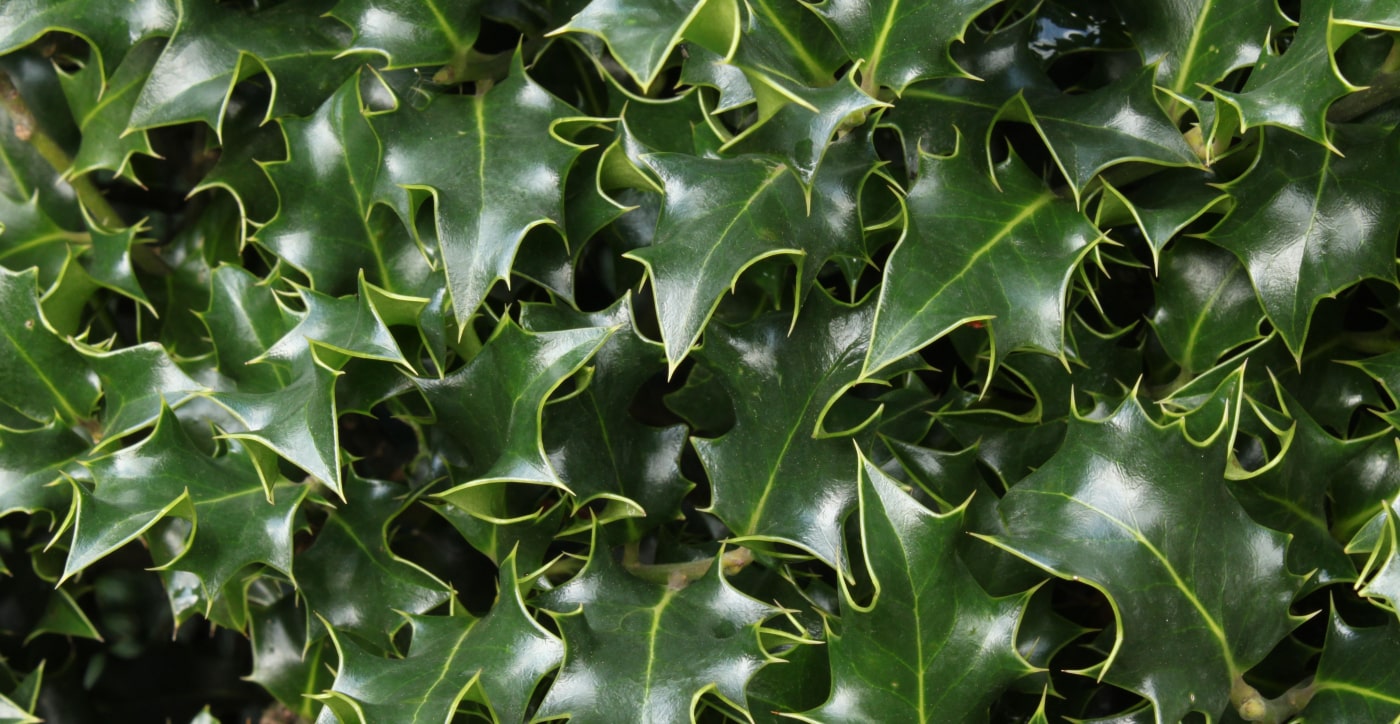
Four alternatives for boxwood
The box tree is a favourite of many gardeners. It provides a beautiful green element in the garden but is often plagued by all kinds of diseases and insects. We suggest four alternatives that have the same looks as boxwood but are less susceptible to disease. Would you like more information on how to combat boxwood moths? Then click here.
Ilex
Ilex is an excellent alternative to boxwood. Both plant species are
evergreen and can easily be pruned into all kinds of shapes. Especially the varieties Ilex Crenata Dark Green and Ilex Crenata Blondie are often used as a worthy replacement for boxwood. However identical their appearance, buxus and Ilex do not belong to the same family. Ilex is a type of holly and also bears small berries. However, this plant grows somewhat faster and less bushy than boxwood. It is therefore advisable to prune it more often. The Ilex gets its first deep pruning at the end of May/beginning of June, and a second one at the end of August/beginning of September.
The Ilex is quite a
sun worshipper but can also be perfectly grounded in semi-shade. The roots of the Ilex are fine, densely branched and lie close to the surface. An ideal soil is one that is rich in humus, well-drained and certainly not too wet. The pH value of the soil may not be too high either. You should therefore not lime it too often. It is important to feed Ilex twice a year for one year after planting. It is best to do this at the beginning of April and at the end of June. Sprinkle the nutrition at the bottom of the plant. A little fertilisation can work wonders!
When planting, it is better to give them a sufficient amount of water twice a week instead of a little every day. This gives the soil time to dry out and the roots get enough air. Watering every day will lead to rotting of the roots and eventually of the entire plant.
Plant sheet:
☀️🌥️ sun or semi-shade 🍀 evergreen❄️ hardy ✂️ twice/year
➕ very similar to boxwood, easy to prune into shape
➖ prune more often, less bushy
Osmanthus Burkwoodii
Second in line is Osmanthus Burkwoodii, or Apparent Holly. Osmanthus is a slow grower, hardy and retains its leaves. This makes it ideal for creating low hedges. Its leaves are dark green and have a leathery structure. The plant flowers from April to the end of May. During these months, white, strongly scented flowers will appear in the plant. The Osmanthus attracts many bees with these flowers. After flowering, it can be pruned into shape. The Osmanthus thrives in soil that is not too wet. It is best planted in a sunny and sheltered spot. This plant also does well in the semi-shade.
Plant sheet:
☀️⛅ sun or semi-shade 🍀 evergreen ❄️ hardy ✂️ after flowering
➕ easy to prune, beautiful flowering
➖ slow grower
View our Osmanthus plants here
Lonicera Nitida
A third alternative is the Lonicera Nitida, also called the Chinese Honeysuckle. This species has a lower cost price compared to boxwood, and is a fast grower. However, this does mean that it will need to be pruned regularly in order to maintain its taut shape. The Lonicera is not very demanding, and is easy to grow in different types of soil. It grows in the sun, shade and half-shadow.
The best-selling variants are the
Maigrun and Elegant.
- The Maignun can be recognised by its shiny fresh-green leaves. This variety grows mainly horizontally, and is somewhat lower. It can be used as a ground cover or low hedge.
- The leaves of Elegant are somewhat darker and coarser in structure. This variety grows mainly in height. Do you have large surfaces, a poor soil which does not grow much, or a limited budget?
Are you not averse to regular pruning? Then the Lonicera Nitida or honeysuckle is a very good choice.
Plant sheet:
☀️🌤️☁️ sun, semi-shade or shade 🍀 evergreen ❄️ hardy ✂️ regular
➕ lower cost, fast grower, can be grounded in all kinds of soils
➖ prune more often
Taxus Baccata
The last in line is the Taxus Baccata. With its dark green and soft needles, it has the least in common with boxwood in this list of alternatives. However, its positive properties make it one of the most frequently used substitutes for boxwood. In autumn, the plant bears bright red berries that provide a striking colour accent. The yew grows slowly but steadily, and is very long-lived. It can grow up to fifteen metres high and become hundreds of years old. Because it is a very slow grower, this plant is also very maintenance-friendly. You only need to prune it once or twice a year. Have you been a little too enthusiastic with the pruning shears? No problem, the yew will sprout again even after a thorough pruning. Finally, the Taxus can be pruned into shape very well and does well in the shade. In short, it is a hedge plant for the maintenance-friendly and sustainable garden.
Be careful: the yew is not only a very strong but also extremely
poisonous plant. It is not for nothing that it is called the venom tree. So be careful with animals (horses, cows) and small children around!
Yew does not tolerate wet soil either. Do you have a wet soil? Then be sure to place drainage under the roots. It is best to
fertilise the plant twice a year in March and June (before each growth period). We end with a frequently asked question: Does the yew need an acid soil since it is a conifer? The answer is no. Yew needs a neutral, non-acidic soil. You may therefore liming it at least once a year.
Plant sheet:
☀️🌤️☁️ sun, semi-shade or shade 🍀 evergreen ❄️ hardy ✂️ 1 to 2x/year
➕ strong plant, easy to maintain, easy to prune into shape
➖ poisonous, has needles and no leaves
More tips for your boxwood? 👇
- Catch the buxus moths with a funnel trap
- Suffering from caterpillars (buxus moth), spider mites or fungus in your buxus?
More info? Receive all our gardening tips directly in your mailbox!
We'll only email you handy facts, green advice and our best promotions & discounts. You'll receive it about once a week and you can unsubscribe at any time. No spam, promise 🤞

